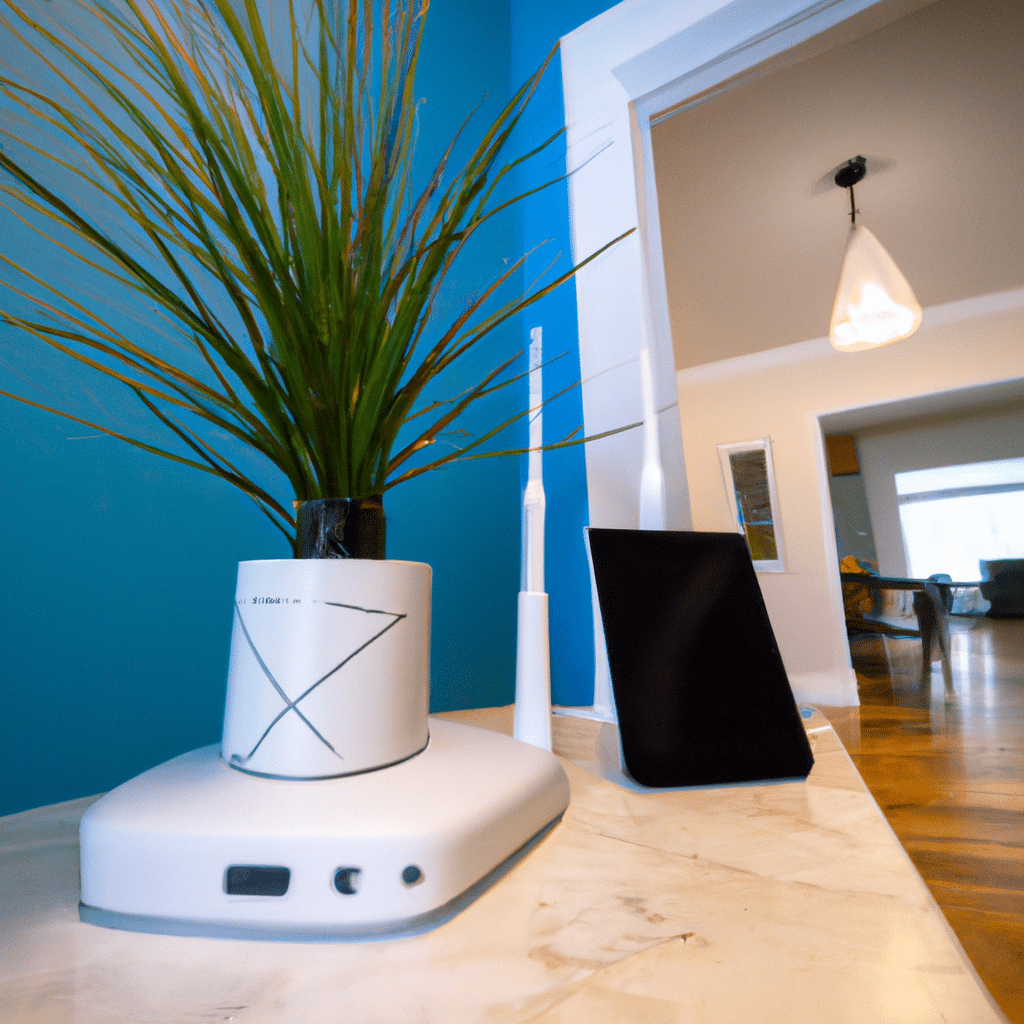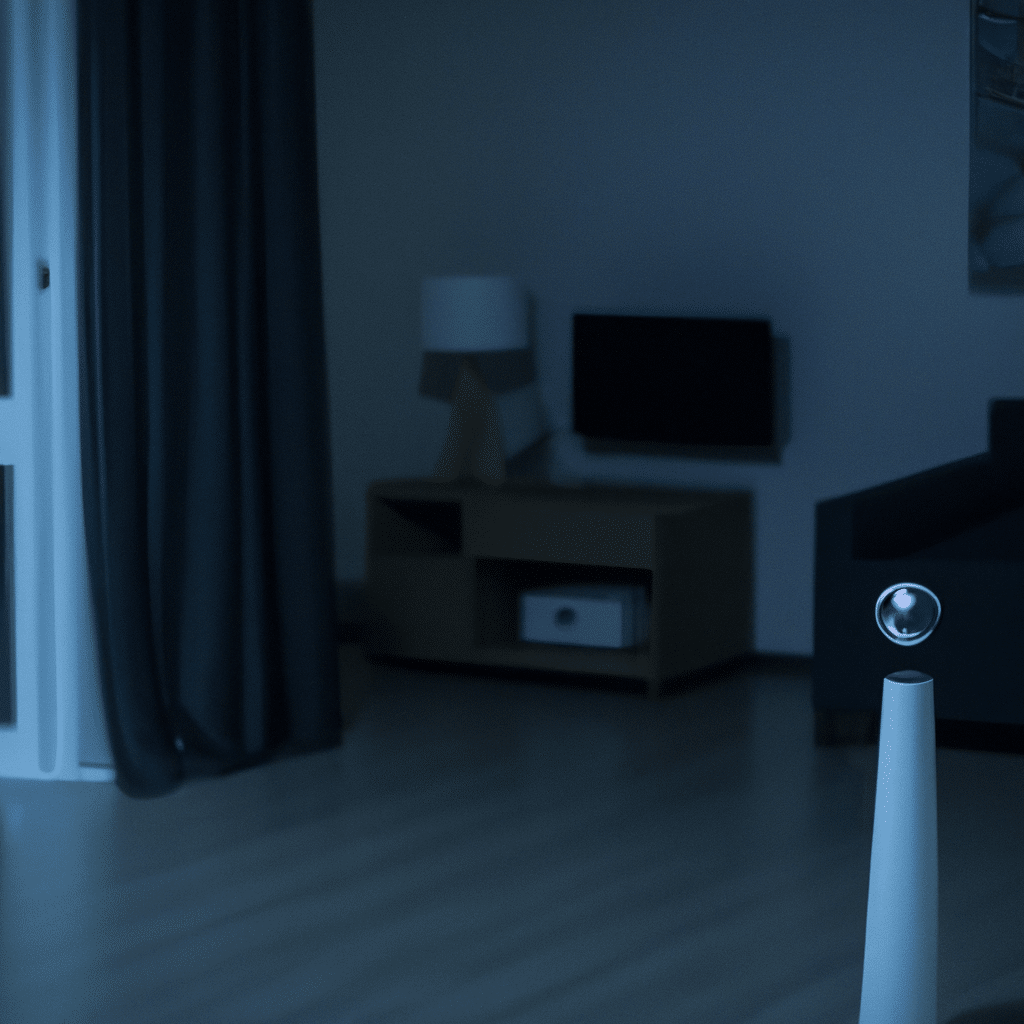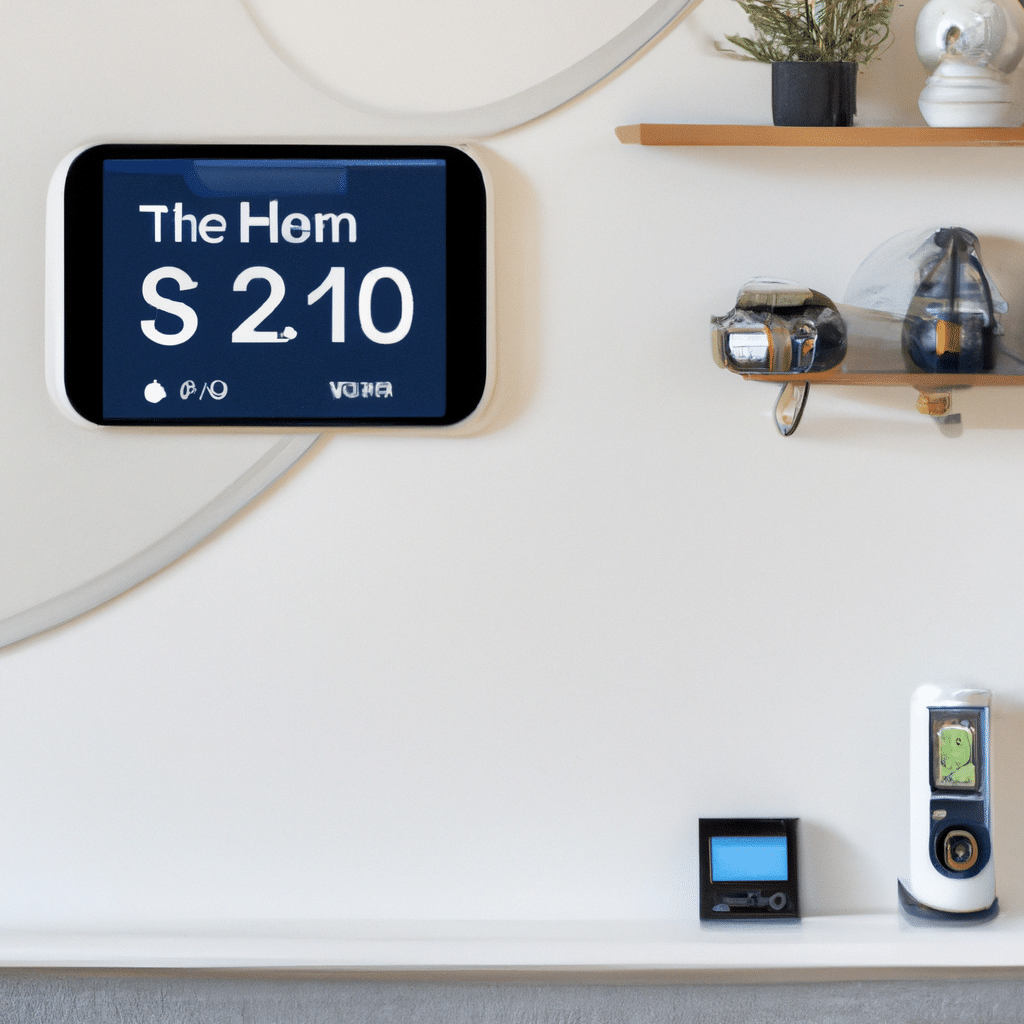
In today’s modern world, our homes are filled with smart devices that rely heavily on a strong and reliable Wi-Fi signal. From streaming movies and music to controlling our thermostats and security systems, a robust Wi-Fi connection is essential for a seamless smart home experience. However, many of us have experienced frustrating Wi-Fi dead zones, where the signal strength is weak or nonexistent. But fear not, as we are here to guide you on how to boost signal strength in every corner of your smart home. Say goodbye to those pesky dead zones and enjoy uninterrupted connectivity throughout your entire living space.
Understanding Wi-Fi Signal Strength
Before we dive into the various methods of boosting Wi-Fi signal strength, it’s important to understand how Wi-Fi signals work and why they can be affected by different factors within your home. Wi-Fi signals are transmitted through radio waves, and their strength can be influenced by obstacles, distance, and interference from other electronic devices. Understanding these factors will help you identify the best solutions for improving your Wi-Fi signal.
Assessing Your Current Wi-Fi Coverage
The first step in boosting your Wi-Fi signal is to assess your current coverage. Walk around your home and note any areas where the signal is weak or nonexistent. This will give you a better understanding of the extent of the problem and help you determine the most effective solutions.
Optimizing Router Placement
The placement of your Wi-Fi router plays a crucial role in signal strength. Ideally, your router should be placed in a central location within your home, away from walls and obstructions. This will ensure that the signal can reach every corner of your living space without significant interference. Additionally, elevating your router off the ground can also help improve signal strength.
Upgrading Your Router
If you’ve had your router for a while, it might be time to consider upgrading to a more advanced model. Newer routers come equipped with improved antenna technology and better signal range, allowing for broader coverage and stronger signal strength. Before making a purchase, research different router models and choose one that fits your specific needs and budget.
Wi-Fi Range Extenders
If you’re dealing with particularly stubborn Wi-Fi dead zones, investing in a Wi-Fi range extender can be a game-changer. A range extender works by amplifying your existing Wi-Fi signal and extending its reach to areas that were previously out of range. Simply plug in the range extender within the vicinity of the dead zone, and it will pick up the weak signal and rebroadcast it, effectively eliminating the dead zone.
Mesh Wi-Fi Systems
For those looking for a more comprehensive solution, a mesh Wi-Fi system might be the answer. Unlike traditional routers and range extenders, mesh systems consist of multiple nodes that work together to create a seamless Wi-Fi network throughout your home. Each node acts as a Wi-Fi access point, ensuring consistent coverage and signal strength in every corner. Mesh systems are highly scalable, allowing you to add more nodes as needed for larger homes or unique layouts.
Optimizing Wi-Fi Settings
Beyond physical solutions, optimizing your Wi-Fi settings can also contribute to improved signal strength. Here are a few settings to consider:
Channel Selection
Wi-Fi channels can become overcrowded, especially in densely populated areas. By manually selecting a less congested channel, you can minimize interference and improve signal performance. Most routers have an option to manually select a channel or use an automatic channel selection feature to find the least congested one.
Advanced Settings
Digging deeper into your router’s settings can reveal additional options for optimizing your Wi-Fi signal. Features such as beamforming and band steering can help focus your Wi-Fi signal towards connected devices and ensure they are utilizing the most optimal frequency band for faster speeds and better coverage.
Eliminating Wi-Fi Interference
External factors can also contribute to Wi-Fi dead zones and weak signal strength. Identifying and eliminating sources of interference can greatly improve your Wi-Fi performance. Here are a few common culprits:
Electronic Devices
Certain electronic devices, such as cordless phones, baby monitors, and microwaves, can emit signals that interfere with Wi-Fi signals. Keep your router away from these devices and ensure they are placed in areas where they won’t hinder your Wi-Fi performance.
Thick Walls and Obstacles
Thick walls, especially those made of concrete or brick, can significantly weaken Wi-Fi signals. Consider repositioning your router or using range extenders to overcome these obstacles and improve signal strength.
Other Wi-Fi Networks
If you live in an apartment complex or densely populated area, neighboring Wi-Fi networks can interfere with your signal. Changing your Wi-Fi channel can help minimize this interference and improve overall performance.
Conclusion
In conclusion, achieving strong and reliable Wi-Fi signal strength throughout your entire smart home is possible with the right strategies and equipment. By optimizing router placement, upgrading to a newer model, utilizing Wi-Fi range extenders or mesh systems, optimizing your Wi-Fi settings, and eliminating sources of interference, you can say goodbye to Wi-Fi dead zones and enjoy seamless connectivity in every corner of your home. Don’t let weak signals hinder your smart home experience any longer – take control of your Wi-Fi and unlock the full potential of your smart devices.






